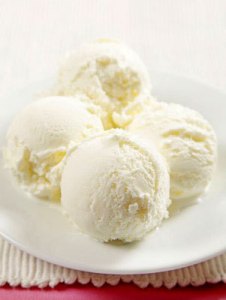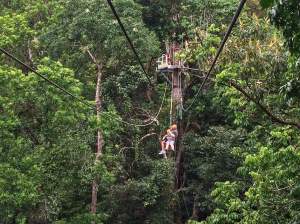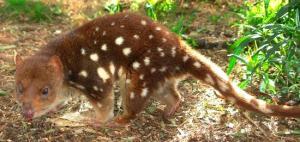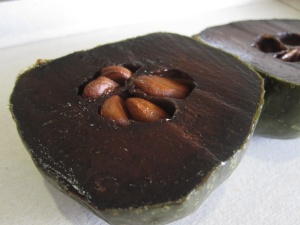What’s Queensland best known for? Jaw-dropping coastlines? Great food? Tropical islands? Those answers are all correct. But there is one thing that exists in Queensland and only Queensland. To call it a ‘famous tourist attraction’ is an insult, because Daintree is far more than that.
Daintree is located in Queensland, Australia, roughly 111km north of Cairns that caters for everyone, from the nature-lovers to the adrenaline junkies, the foodies to the cost-free but quality experiences. Daintree, as part of Queensland’s Wet Tropics, is also World Heritage listed and has been since 1986 to ensure its raw beauty is preserved for future generations.
We unfortunately only had enough time allocated on this trip to fit in 1 night at Daintree, but boy, it sure did not disappoint! This single night, whilst sadly too brief, however did fulfil all our expectations and more. With all the incredible attractions and experiences on offer, we three larrikins found it very difficult to choose what indeed we wanted to experience the most in our brief stay. We eventually opted to choose one thing each that a) was unique from other stops on our road trip, b) would permit for other experiences to occur on the same day and c) would satisfy all three larrikins. Larrikin A’s refined taste buds of course chose food, wishing to visit the Daintree Ice-Cream Company; larrikin E, whose love for rollercoasters was satisfied by the-almost-rollercoaster-y-ness of the Jungle Canopy Surfing offered through Daintree’s lush backdrop; and larrikin M, all-time animal ambassador and lover, wished to visit The Bat House to learn about flying foxes…this decision was considerably tough with the lure of saltwater crocodiles wallowing in the waters of the Daintree River, however, we persuaded her to take the less-scary option.

These stops definitely did not disappoint – larrikin A’s choice of delicious ice-cream sampling in crazily unique but yummy flavours such as soursop and wattle seed left our stomachs grumbling for more; larrikin E’s choice of jungle zip-lining allowed us to see the beautiful rainforests of Daintree from a different perspective (and speed); and we’ll never forget the joy on larrikin M’s face when she got to meet the flying foxes.

Daintree only has a miniature population of 146 (accurate as of the 2011 census) – that’s less than half of that of Red Rock! [Red Rock was previously visited on our road trip]. Approximately 45.9% of the population is female whilst roughly 54.1% are males. The median age of permanent residents living in this settlement is 42 years old.
Some of the biggest industries over history in the Daintree settlement are beef farming, dairy farms including butter factories and timber logging, particularly the red cedar species found in the Daintree rainforest.
59.3% of the residents of Daintree aged fifteen and over work in a full-time position for the labour force while 33.7% work on a part time basis. The top three industries are: accommodation and food services (24.4%), education and training (11.0%) and transport, postal and warehousing (11.0%). Daintree has a relatively low unemployment rate of 3.5%.
Daintree has many unique features, most of which are directly linked to the spectacular Daintree Rainforest. For example, many fauna that inhabits the Daintree area is only found there, such as the southern cassowary, buff breasted paradise kingfisher, the Daintree river ringtail possum, the Ulysses butterfly and the spotted-tail quoll, just to name a few. Daintree also has one of the wettest climates in the whole of Australia, with some areas of the settlement receiving more than 6 metres of rainfall annually, making for spectacular waterfalls (particularly between the months December to April).

Some of the recreational activities available in Daintree include sea kayaking, cruising on a ferry (the only safe mode of transport – this part of this beautiful Australian place is home to the not-so-friendly saltwater crocodiles) Daintree River or enjoying a Mangrove cruise, reef day trips, as the Great Barrier Reef is only 45 minutes offshore from Daintree, and horse riding. Other options include the beach, swimming, surfing, body boarding, jungle surfing (basically zip-lining your way through the incredible jungle – cool!), taking a walk through the beautiful rainforest and spotting wildlife, with the ideal time for this being at night.
Factors causing change in Daintree include the tourism industry it proudly boasts. Despite a very small population, in the five years between 2006 and 2011 the population almost doubled. This is most likely due to the tourism industry, with many tourists being attracted to the beautiful rainforests, stunning attractions and superb food year-round offered at Daintree. Another factor causing change is natural increase – the median age is 42 years, which implies that people around this median are having offspring, increasing the total populace. Migration, both internal and overseas, also plays a role as a factor causing change – the 2011 census showed that 20.5% of residents were born internationally, with the most common overseas places of birth being France (4.8%) and England and Germany (2.7% each).
Daintree, whilst a small community, is definitely a go-to – it’s fun, thrilling and unique! Did we mention that they have chocolate pudding fruit too? Must. Go. Now!
Concept, title and opening by larrikin A (the one who likes ice-cream).
Blog by the adrenaline junkie, rollercoaster-liker larrikin E.
